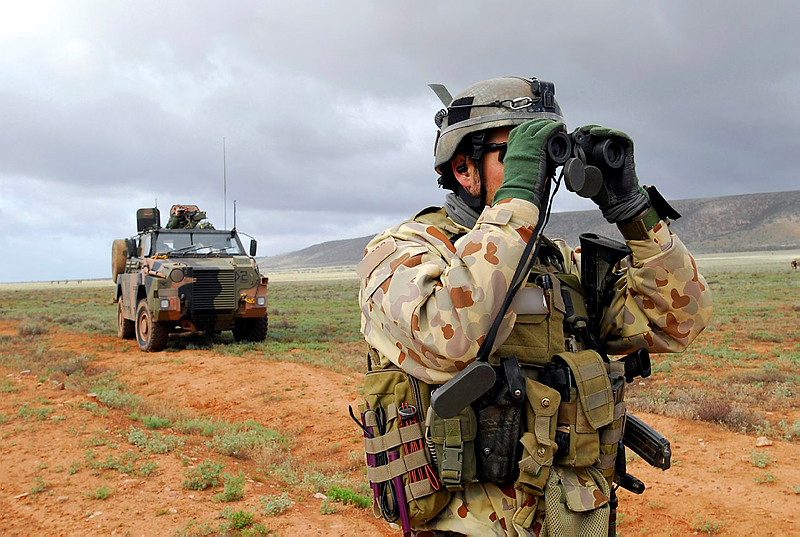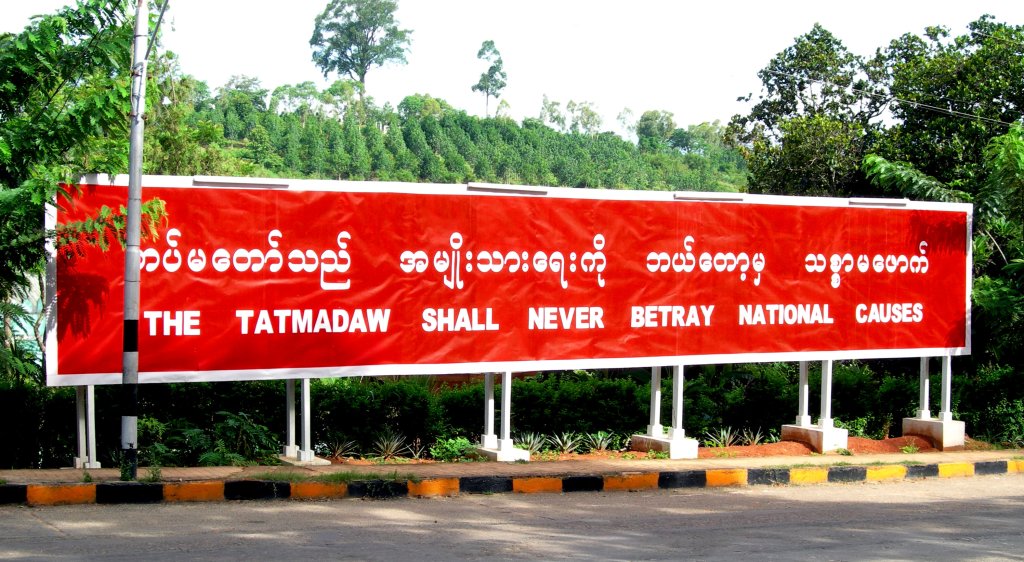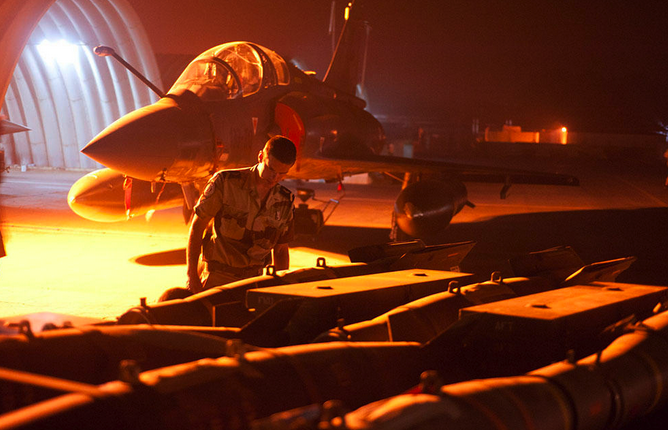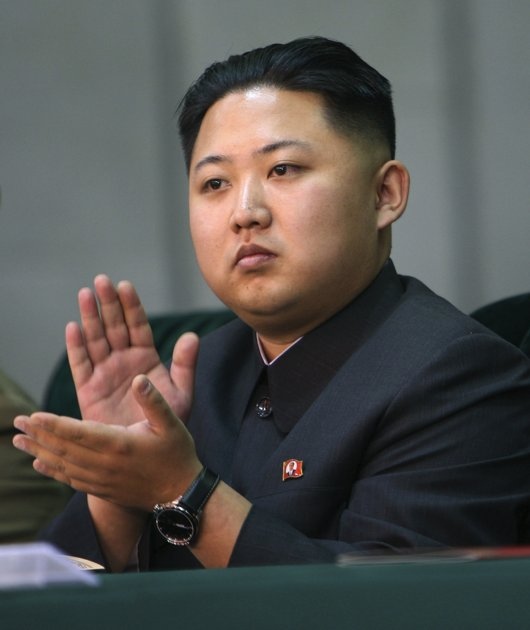Reader response: Reserves, force structure and need
Like so many people with very little firsthand experience of creating and using defence capability at any sophisticated level, Nic Stuart has effortlessly come up with yet another answer to the financial problems of Defence—Reserve manpower.
It was only a matter of time.
Although he does not state it directly, the only fair conclusion from how Nic structured his article is that he believes that the use of reserve manpower was successful in the past, we had too much manpower in WWII, two-year national service was all that was needed in Vietnam, the only thing that we face in the future is an invasion of the continent (and there isn’t much chance of that), and in these financially tight times, greater use of Reserve manpower would enable the RAAF to buy the JSF and the RAN to buy the future submarine. There are, to risk massive understatement, some problems with this line of logic.
What produces quality Australian soldiers, sailors, and airmen and women is not whether they are full or part time, regular or reserve, it is the quality of the recruits combined with first class equipment, quality leadership and realistic training. If a Reserve serviceman or woman does a few weeks per year of training, and so likely never reaches any real level of individual or group deployable operational capability, then you get exactly what you are paying for—not much. I wonder if Nic thinks that being capable in combat is so simple that anyone can do it with just a few weeks’ training per year. Read more









